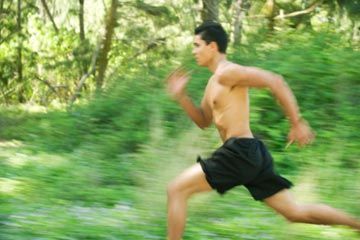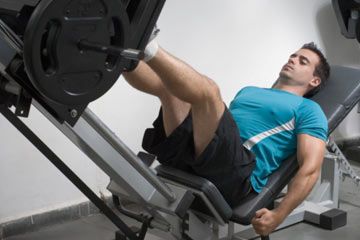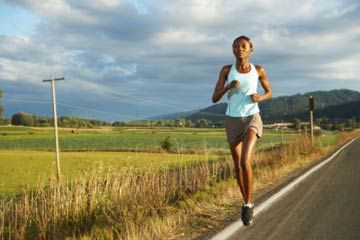Running is a pretty simple sport, right? Put one leg in front of the other and pump your arms a little bit, and you have the skills necessary to run a marathon. Actually, there's a lot more to it than that. Like any sport, running isn't necessarily instinctive. Just as major league pitchers don't throw the baseball like they did in the front yard with dad, good runners don't run like they did on the school playground. It takes hours of practice and conditioning to develop proper technique and improve performance. One way runners try to achieve these goals is through a strides workout.
Strides basically involve quickly accelerating to race speed or faster and maintaining that pace for a short distance, usually no more than 100 meters (328 feet). Such sprints may seem unnecessary for long-distance runners who rarely break a brisk jog, but if done regularly, strides can drastically improve an athlete's form. Better form means a more efficient gait, leading to faster race times and fewer injuries. Incorporating strides into your workout can give you an important edge over your competitors in a sport where seconds mean the difference between first and second place.
Advertisement
Whether or not you choose to make strides a part of your exercise routine really depends on your level of conditioning and your goals. While this workout can be beneficial for runners of all ages, beginners may lack the overall strength and endurance to run at this level without injuring themselves. Once runners are comfortable jogging for 30 minutes three or four times a week, they can safely use strides to improve their speed and technique. So whether you have Olympic aspirations or you just want to move up in the pack at your local 5K, read on to learn how to develop an effective strides workout and discover the benefits you can expect from such a plan.















